The U.S. Constitution, Article I, Section 2, requires a census of the country’s population every decade to apportion the House of Representative seats among the 50 states. Last month, the Census Bureau announced its results.
As of April 1, 2010, the population of the United States was 308,745,53
(Here is the updated number, as of 19:18 UTC (EST+5) Jan 22, 2011:
U.S. 311,936,195)
The figure represented an increase of 9.7 percent from 2000 when the U.S. resident population reached 281,421,906. While it was noted that the increase was the slowest since the 1930s, it still meant that there are 27 million more of us than a decade ago, all living in the same space, though the distribution has shifted dramatically. Here in the West, the population grew by 8,747,621.
In the arid American Southwest, the numbers are striking
Utah: 23.8% growth to 2,783,885 from 2,333,169 in 2000
Arizona: 24.6% growth to 6,392,817 from 5,130,632 in 2000.
Nevada: 35.1% growth to 2,700,551 from 1,998,257 in 2000.
New Mexico: 13.2 % growth to 2,059,179 from 1,819,045 in 2000.
Colorado: 16.9% growth to 5,029,196 from 4,381,281 in 2000
In Utah for example, the population has almost doubled since I first showed up in the late 70s. And what’s next? More of the same. Except more so. Utah is expected to grow by another 1.2 million in the next decade to 3,485,367. And Arizona, one of the driest states in America? Its population is expected to explode, to 10,712,397. An increase of more than 4 million people
And they could not pick a worse place to migrate to. There is a growing consensus that cyclical climate patterns, exacerbated by the effects of global warming, mean increasing drought in the Southwest, where water demands are already exceeding limited supplies.
It’s—you know?—the desert.
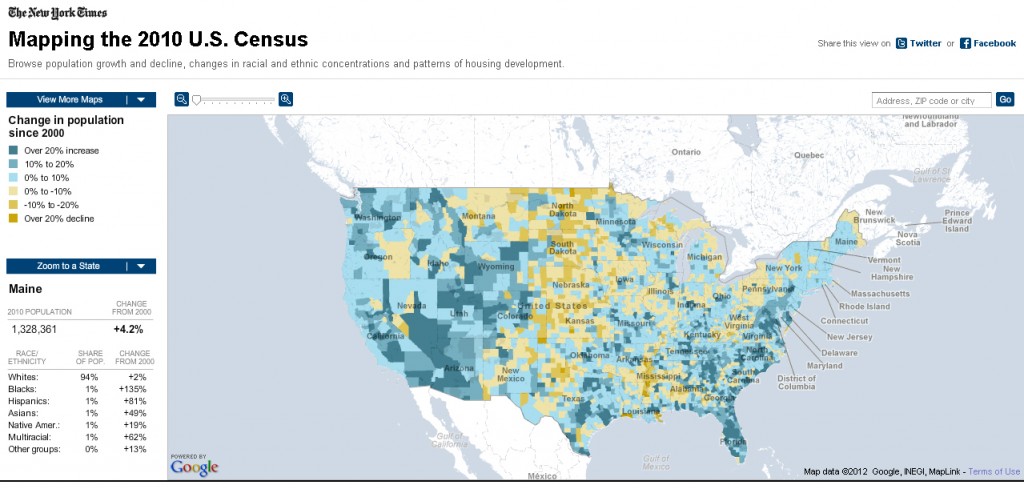 According to Richard Seager of Columbia University’s Lamont Doherty Earth Observatory, in an interview with the Associated Press, “The bottom line message for the average person and also for the states and federal government is that they’d better start planning for a Southwest region in which the water resources are increasingly stretched.”
According to Richard Seager of Columbia University’s Lamont Doherty Earth Observatory, in an interview with the Associated Press, “The bottom line message for the average person and also for the states and federal government is that they’d better start planning for a Southwest region in which the water resources are increasingly stretched.”
Seager and his associates, who prepared their report for the Intergovernmental Panel on Climate Change in 2007 believe that the drought could continue for the next century and beyond.
Other reports reach the same conclusions. At the University of Arizona, climatologists report that “both projections and observations indicate residents of the arid Southwest can count on more extremes in years to come.”
Still Americans keep making the exodus West, in unfathomable numbers. Much of the increase can be attributed to our insatiable love affair with the American West and its stunning scenery. Watching cowboy movies and National Geographic documentaries just doesn’t satisfy us like it once did. Everyone wants a mountain or desert view from the condo these days. No one can question their sincerity but these new immigrants from the east just don’t “get” the West, especially its deserts.
Peter Gleick, the president of the Pacific Institute, has studied water resources around the world. In the arid U.S. Southwest, he notes that recognizing and even conceding the problems of drought, coupled with a booming and consumptive population, has done little to create solutions. He says, “Psychologically and socially, it is hard for millions of people who love this region to admit that it is fundamentally dry and that the rules for building, living, and working there must be different from those in the wet regions where most of these same people were born and raised.”
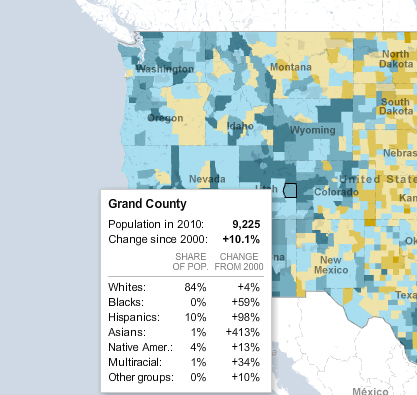
Take Flagstaff, Arizona for example. Thomas Whitham, director of the Merriam-Powell Center for Environmental Research at Northern Arizona University in Flagstaff, warns, “If we continue to draw down water to maintain our lifestyle with its exorbitant use of water, we can effectively turn a hundred-year drought into a millennium-level drought, which far worsens the community and ecosystem consequences.”
Flagstaff’s population has doubled in 20 years to 60,000. Its metropolitan area, Coconino County and adjacent communities had grown to116,640 by 2000, a 44 percent increase from 1980 and is expected to reach 168,827 by 2020–another 52,000 residents, all of them placing an even greater demand on resources that continue to dwindle.
Other projections call for the Flagstaff metropolitan area to reach as many as 189,868 by 2030 and 235,707 by 2050. Flagstaff city could hit 124,840 by 2050.
The story is the same across the West. A Brookings Institution report claims that by 2030, nearly 45 percent of homes in the West will have been built since the Millennium, or almost half the homes across the West in 30 years. Almost half.
I learn a lot about my fellow citizens reading facebook entries, sometimes by people I don’t even know. On some facebook pages that carry a special western theme, the interest from people who live in what Abbey called “The Great Siberian East” is almost obsessive—they are in love with the idea of “being Westerners,” even if the reality fails to fit the dream.
One former Arizonan who wanted to move back to Flagstaff from somewhere on the other side of the Alleghenies made his first trip there in a few decades. He was shocked. “Don’t recognize the damn place anymore…It’s as crowded with traffic as Durango. Scratch two more towns off my list.”
But Flagstaffians came to its defense. “You just need to know where to go,” observed one, “because a lot of places here are still the same. Personally I avoid the east side of town like the plague–it’s like a different city Our downtown is thriving and vibrant,”
Another commented, “Get the mussel dish at the brewery….very good.”
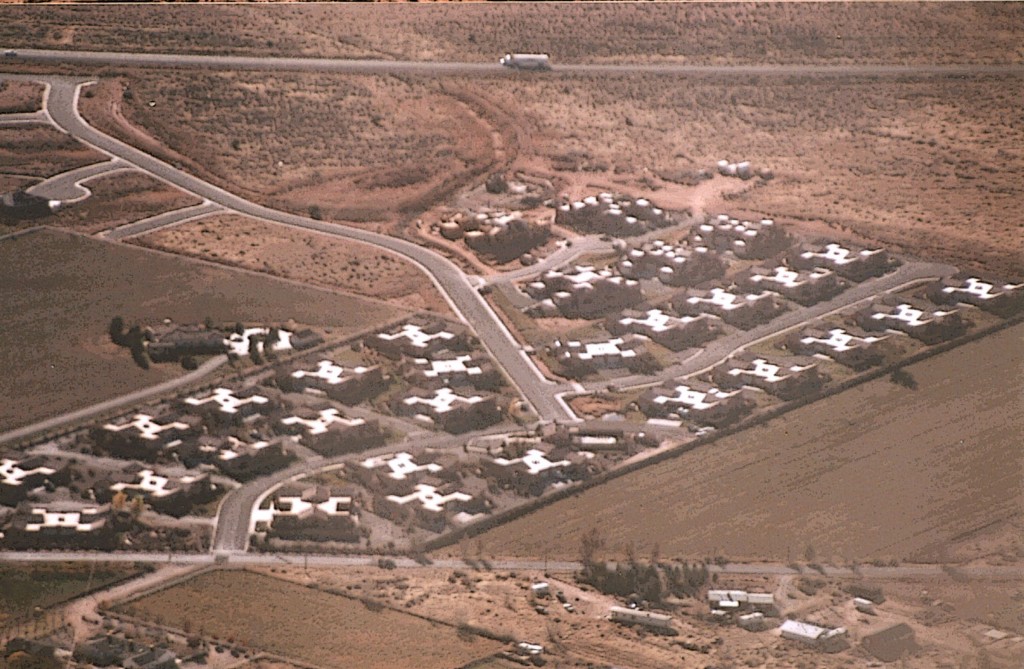
All of these Urban Migrants want to be a part of something that doesn’t exist anymore. It’s an interesting irony that almost all “New Westerners” rail against the “redneck” mentality that used to govern the rural west before we came along to save it. But at the same time, we long for the West the way it was 40 years ago, when the ‘rednecks’ were running the show.
New Westerners come to live here as permanent tourists. They’ve come to be closer to the beauty they have admired for so long and rail against those who extract natural resources from it. But at the same time, they have no problem consuming those resources. They oppose oil/gas production but heat their new homes and power their hybrid SUVs. They condemn timber extraction but build new 4000 square foot homes in the desert and forests of the West. They oppose new dams and water pipelines but xeriscape their lawns and think they are good conservationists.
And then they condemn the old timers for not being progressive enough.
As the West becomes less of what it was, what really made the difference?
Us, en masse. Millions of us. We came here to save it and subsequently ruined it with our sheer numbers and our desire to bring our urban habits with us. I doubt you could get a mussel shell dish in Flag 40 years ago, but who’d be willing to trade a seafood dish for some real peace and quiet? In today’s rush to be part of a myth, I’m not sure anybody notices.
http://2010.census.gov/2010census/data/
http://www.msnbc.msn.com/id/17967097/ns/us_news-environment/
http://www.onearth.org/article/cadillac-desert-revisited
http://news.nationalgeographic.com/news/2007/04/070405-us-drought_2.html
http://www.usbr.gov/lc/phoenix/reports/ncawss/AppE.pdf
http://www.newwest.net/topic/article/exurbs_weigh_heavily_on_the_west/






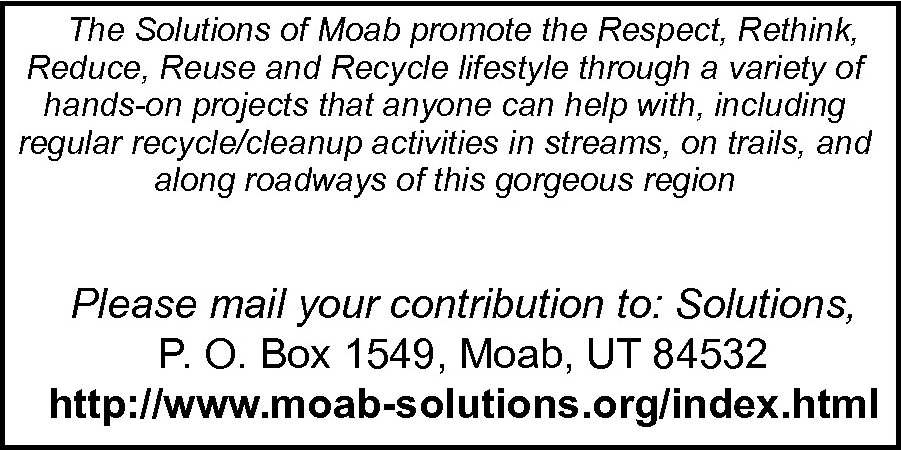


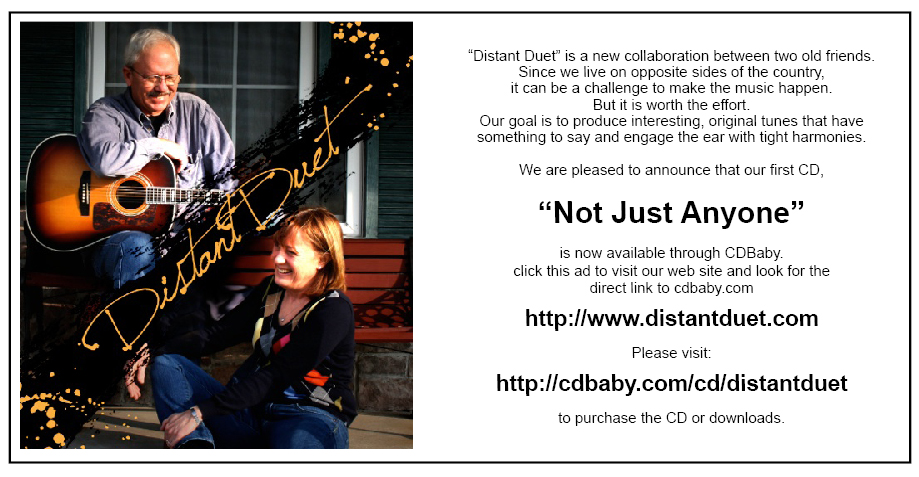
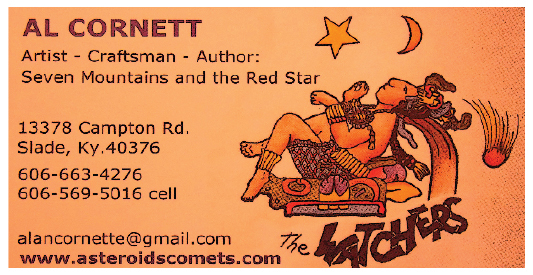


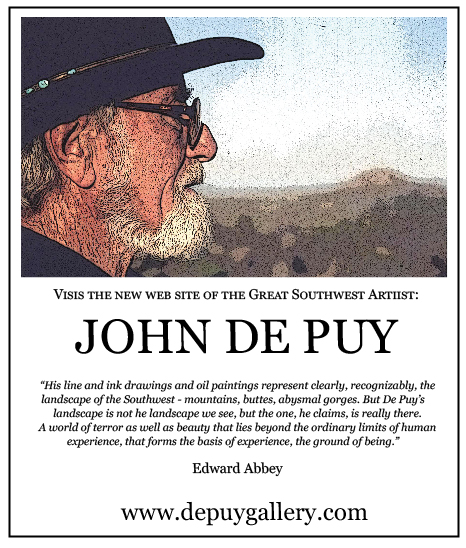

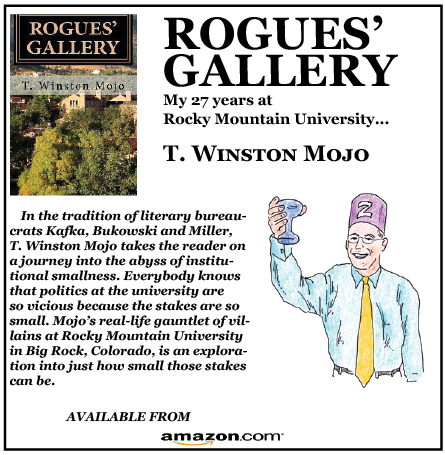
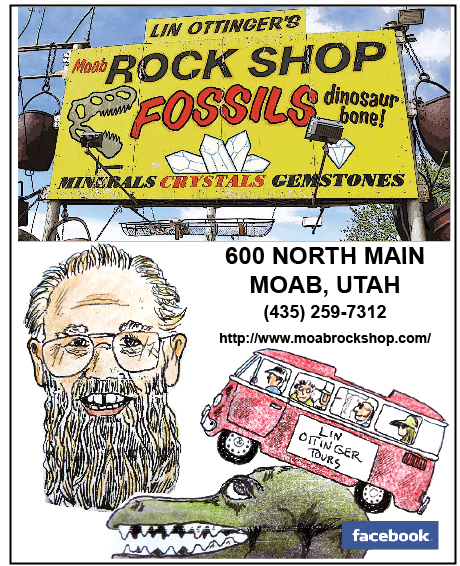
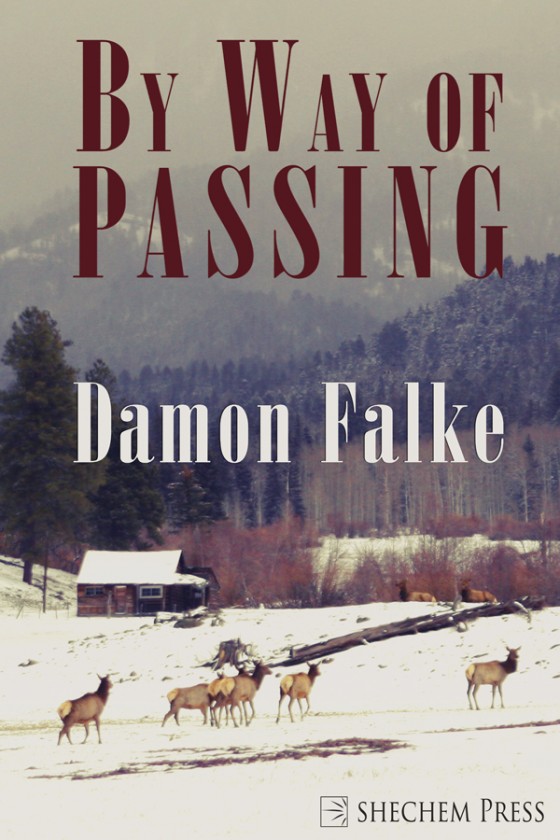
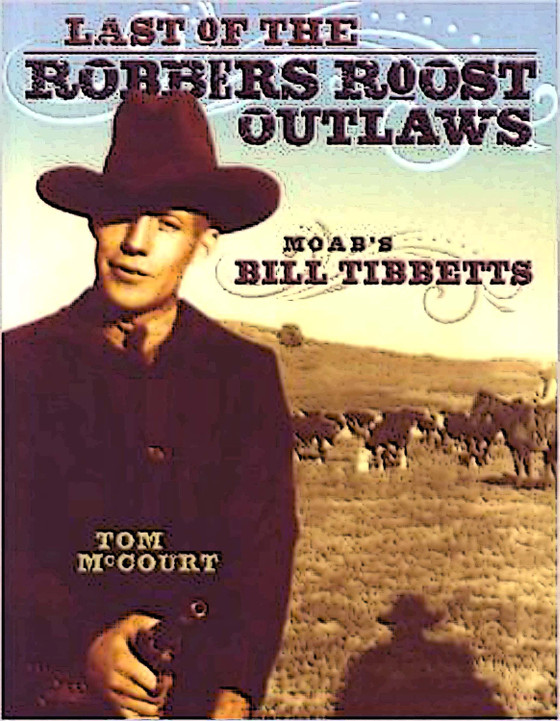
0 Responses
Stay in touch with the conversation, subscribe to the RSS feed for comments on this post.